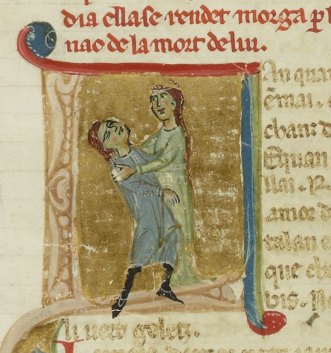
This is the second of six articles about the Cantigas de Santa Maria, Songs of Holy Mary, composed by the King of Castile, Alfonso X, and his assistants between 1257 and 1283. In the first article, we traced the development of troubadour love song from the late 11th century to the end of the 13th century. The Roman Catholic Church’s response to the influence of what they perceived as troubadour immorality was to promote the Virgin Mary as the central figure of Christian chaste devotion. This was the faith that Alfonso X of Castile inherited.
Alfonso’s love of music meant that he was keen to have troubadours in his court, while also criticising them and describing himself as one. This second article explains why. First, an outline of Alfonso’s literary life before the Cantigas, illustrating that he was already steeped in troubadour literary forms prior to declaring himself Mary’s troubadour; then an exploration of Alfonso’s absorbing and adapting of their love themes for his religious and political ends in his songs of the Virgin.
We begin with a performance (in English) of Cantiga 363, the song-story of a troubadour in trouble and in prison, who only escapes by dedicating himself to the Virgin.



















